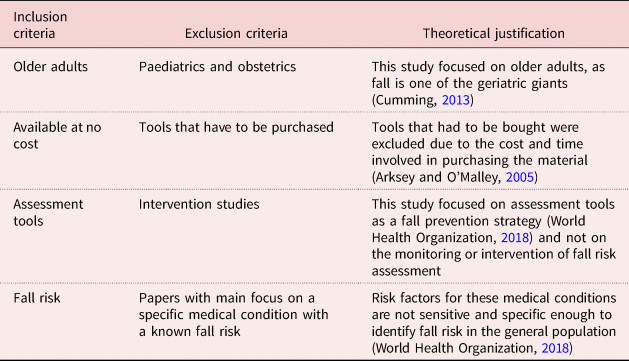Unknown Facts About Dementia Fall Risk
Unknown Facts About Dementia Fall Risk
Blog Article
Dementia Fall Risk Fundamentals Explained
Table of ContentsDementia Fall Risk Things To Know Before You BuyThe Greatest Guide To Dementia Fall Risk7 Easy Facts About Dementia Fall Risk ExplainedThe Best Guide To Dementia Fall Risk
An autumn risk analysis checks to see exactly how most likely it is that you will drop. The assessment typically consists of: This includes a series of inquiries regarding your general health and if you have actually had previous drops or troubles with balance, standing, and/or strolling.STEADI consists of screening, assessing, and treatment. Treatments are recommendations that might reduce your threat of falling. STEADI consists of 3 steps: you for your danger of succumbing to your danger elements that can be improved to attempt to avoid falls (as an example, equilibrium troubles, impaired vision) to reduce your danger of dropping by using effective methods (as an example, providing education and sources), you may be asked numerous questions including: Have you dropped in the past year? Do you feel unsteady when standing or walking? Are you fretted about falling?, your provider will evaluate your stamina, balance, and stride, utilizing the complying with loss assessment tools: This test checks your gait.
You'll rest down once more. Your supplier will inspect how much time it takes you to do this. If it takes you 12 secs or more, it may mean you go to higher danger for a loss. This test checks strength and balance. You'll sit in a chair with your arms went across over your breast.
Relocate one foot midway onward, so the instep is touching the huge toe of your other foot. Relocate one foot totally in front of the various other, so the toes are touching the heel of your various other foot.
Dementia Fall Risk Fundamentals Explained
Many drops take place as a result of multiple contributing factors; for that reason, taking care of the threat of dropping starts with identifying the aspects that add to drop threat - Dementia Fall Risk. Several of the most appropriate danger aspects consist of: History of prior fallsChronic clinical conditionsAcute illnessImpaired gait and equilibrium, lower extremity weaknessCognitive impairmentChanges in visionCertain high-risk medicines and polypharmacyEnvironmental factors can also enhance the danger for drops, consisting of: Poor lightingUneven or harmed flooringWet or unsafe floorsMissing or harmed handrails and get barsDamaged or incorrectly fitted devices, such as beds, mobility devices, or walkersImproper usage of assistive devicesInadequate guidance of the individuals living in the NF, including those that show aggressive behaviorsA successful autumn risk monitoring program calls for a comprehensive clinical evaluation, with input from all members of the interdisciplinary group

The treatment strategy should also include treatments that are system-based, such as those that advertise a secure environment (appropriate lighting, hand rails, get hold of bars, etc). The efficiency of the interventions must be reviewed regularly, and the treatment strategy changed as necessary to mirror adjustments in the loss danger evaluation. Implementing a fall threat administration system utilizing evidence-based finest practice can lower the occurrence of falls in the NF, while restricting the capacity for fall-related injuries.
Get This Report on Dementia Fall Risk
The AGS/BGS guideline advises screening all grownups matured 65 years and older for autumn threat yearly. This testing includes asking individuals whether they have actually fallen 2 or even more times in the past year or sought clinical focus for a fall, or, if they have actually not dropped, whether they feel unsteady when strolling.
Individuals that have actually dropped once without injury ought to have their equilibrium and stride assessed; those with gait or equilibrium abnormalities must obtain additional evaluation. A background of 1 fall without injury and without gait or balance issues does not require further assessment beyond check here ongoing yearly autumn threat testing. Dementia Fall Risk. A fall danger analysis is called for as component of the Welcome to Medicare exam

The Greatest Guide To Dementia Fall Risk
Documenting a falls background is one of the top quality indications for autumn prevention and monitoring. Psychoactive drugs in specific are independent forecasters of falls.
Postural hypotension can frequently learn the facts here now be reduced by decreasing the dosage of blood pressurelowering drugs and/or stopping medications that have orthostatic hypotension as a side result. Use of above-the-knee assistance pipe and copulating the head of the bed boosted might likewise reduce postural decreases in high blood pressure. The preferred elements of a fall-focused health examination are displayed in Box 1.

A Yank time greater than or equal to 12 seconds suggests high fall threat. Being incapable to stand up from a chair of knee elevation without making use of one's arms shows increased fall threat.
Report this page